
Blue-footed booby Physical Characteristics
Size: Medium-sized seabird, typically measuring around 81 to 91 cm (32 to 36 inches) in length with a wingspan of about 1.5 meters (4.9 feet).
Color: Its most notable feature is its vibrant, turquoise-blue feet. The intensity of the blue color is influenced by the bird’s diet and is used as an indicator of its health and vitality.
Plumage: Blue-footed boobies have a white body with brownish-gray wings and a dark head. Their eyes are surrounded by a ring of blue skin, and their beak is long, pointed, and light-colored.
Blue-footed booby Behavior and Diet
Diet: Blue-footed boobies are carnivorous and primarily feed on fish, particularly sardines and anchovies. They hunt by diving into the water from great heights, using their sharp beaks to catch prey.
Breeding and Courtship: One of the most fascinating aspects of their behavior is their courtship ritual. Males perform an intricate dance to impress females, which includes raising their blue feet, lifting them in unison, and calling out to display their strength and stamina. The more vibrant the blue color of the male’s feet, the more likely he is to attract a mate.
During the breeding season, they build simple nests on the ground, typically made from rocks and sticks. The female usually lays two eggs, and both parents take turns incubating them.
Blue-footed Booby Habitat and Distribution
Blue-footed boobies are primarily found along the coasts of Central America and the Galápagos Islands. They thrive in areas where upwelling currents bring abundant fish to the surface. These areas include Ecuador, Peru, and the Galápagos Islands, where they are most commonly observed.
The blue-footed booby’s feet
The blue-footed booby (Sula nebouxii) is renowned for its striking blue feet, a distinctive feature that plays a crucial role in its mating rituals and overall survival. Here’s an in-depth look at the characteristics and significance of their unique feet.
Characteristics of Blue Feet
Coloration and Diet
The blue color of the blue-footed booby’s feet results from carotenoid pigments, which are derived from their diet primarily consisting of fresh fish. These pigments accumulate in the skin of their feet, giving them their vibrant hue. The intensity of the blue coloration can vary; brighter feet indicate a higher concentration of these pigments, which correlates with the bird’s health and vitality.
Sexual Selection
The coloration of the feet serves as a signal during courtship. Males perform elaborate foot-flaunting displays to attract females, and those with brighter feet are generally more successful in securing mates. This is because the brightness of their feet is perceived as an indicator of overall health and genetic quality. Females tend to prefer males with more vivid blue feet, as this suggests they are better at foraging and have a robust immune system.
Age and Maturity
Interestingly, blue-footed boobies do not have blue feet at birth; their feet turn blue as they mature. This change in coloration is one way to distinguish between mature and immature individuals2. Females typically exhibit deeper blue hues compared to males, making it easier to differentiate between the sexes.
10 Interesting Facts about the Blue-footed Booby
Here are 10 interesting facts about this unique bird:
1. Blue Feet Are a Sign of Health
The Blue-footed Booby’s vibrant blue feet are not just for show; they serve as a signal of the bird’s fitness. Males with brighter blue feet are considered more attractive to females, as the coloration is an indicator of good health and strong genes.
2. Unique Mating Dance
Blue-footed Boobies perform an elaborate courtship dance to attract mates. The male shows off his blue feet by lifting them alternately in a high-stepping motion, known as the “foot-raising display.” He also presents nesting materials like twigs to impress the female.
3. Monogamous Birds
Blue-footed Boobies form long-term monogamous bonds. Once a pair mates, they often return to the same nesting site year after year, reinforcing the strength of their relationship.
4. Impressive Dive-Bombing Fishing Technique
These birds are skilled hunters and can dive at incredible speeds—up to 60 miles per hour (96 km/h)—into the water to catch fish. They use their keen eyesight to spot prey from the air before diving.
5. They Can Hold Their Breath
Blue-footed Boobies are excellent divers, capable of holding their breath for extended periods while hunting underwater. This adaptation allows them to search for fish without coming up for air every few seconds.
6. They Have Excellent Vision
Blue-footed Boobies have exceptional eyesight, which is crucial for spotting fish while soaring at high altitudes. They rely on this sharp vision to hunt effectively in the ocean.
7. Named for Their “Clumsy” Walk
The term “booby” is derived from the Spanish word bobo, meaning “fool” or “clown.” The Blue-footed Booby earned this name due to its somewhat comical, uncoordinated walking style on land, which contrasts with its graceful movements in the air and water.
8. Galápagos Island Habitat
Blue-footed Boobies are best known for living on the Galápagos Islands, though they can also be found along the Pacific coast of Central and South America. Their primary habitat includes rocky coastal areas where they can nest and fish.
9. They Have a Three-Part Nesting Strategy
The Blue-footed Booby uses a three-step process for nesting:
- They build a simple nest on the ground using twigs, stones, and seaweed.
- The female lays one to three eggs.
- Both parents take turns incubating the eggs until they hatch.
10. Great at Coping with Hot Climates
Their feet have evolved to be blue, which actually helps with heat dissipation. The coloration comes from pigments that are more heat-resistant, helping the birds regulate their body temperature in hot climates.
You May Also Like
The pied goshawk (Accipiter albogularis) is a species of bird of prey in the family Accipitridae. Length: 43 cm, Weight: 170-440 g, Wingspan 60-80 cm. What does Pied goshawk look like …
The Spoon-billed Sandpiper (Calidris pygmaea) is a small, migratory shorebird, most notable for its unique, spoon-shaped bill. Despite its remarkable appearance, the species is critically endangered and at risk of …
Ringneck parrots are beautiful and intelligent birds that can make wonderful pets. However, they are known for their tendency to bite, which can be a frustrating and painful experience for …
The Strawberry Finch, scientifically known as Amandava amandava, is a small and visually captivating bird that belongs to the family Estrildidae. Adorned with vibrant plumage, this species is often sought …
Golden eagles are birds of prey belonging to the eagle family and the genus Eagle. The body length is 76-102 cm, the wingspan reaches 2.3 meters, and the weight is …
The Senegal Parrot (Poicephalus senegalus) is a small and captivating parrot species native to the woodlands and savannahs of West Africa. Renowned for its vibrant plumage, playful personality, and remarkable …


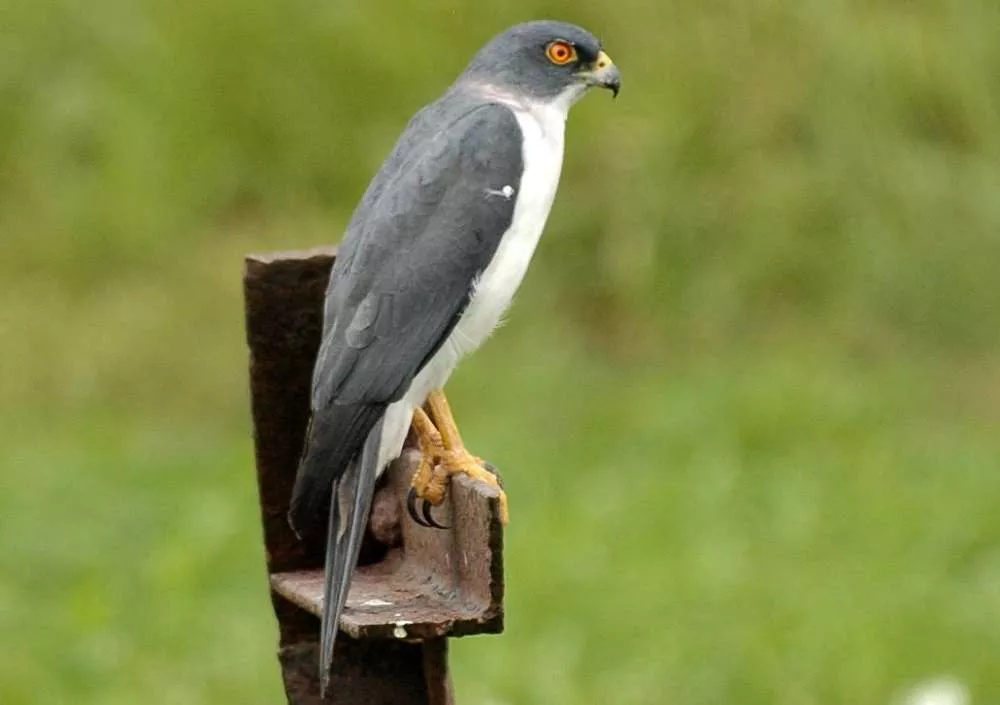

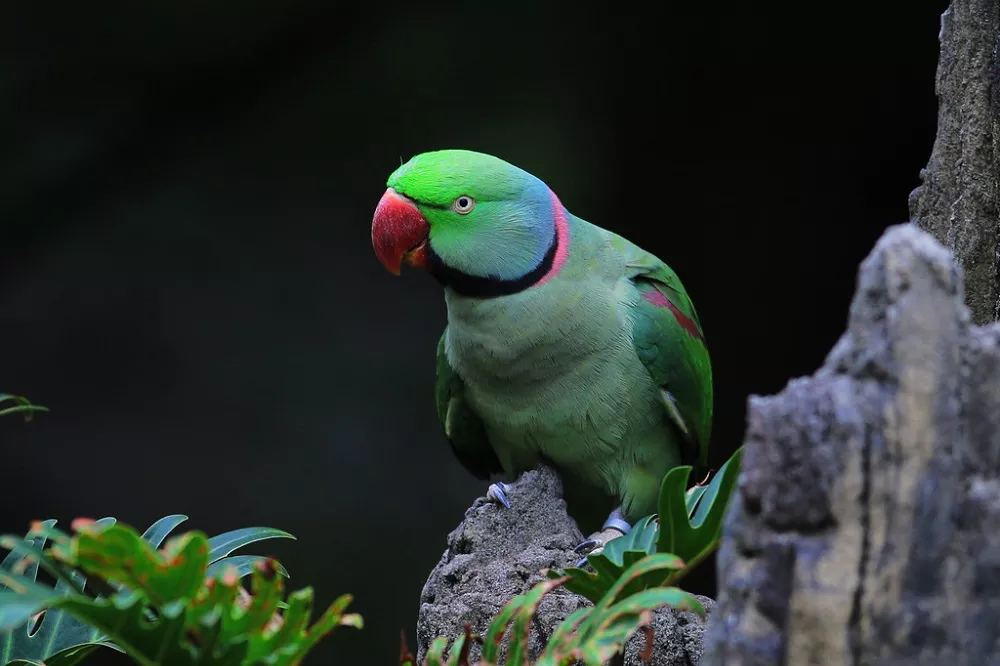
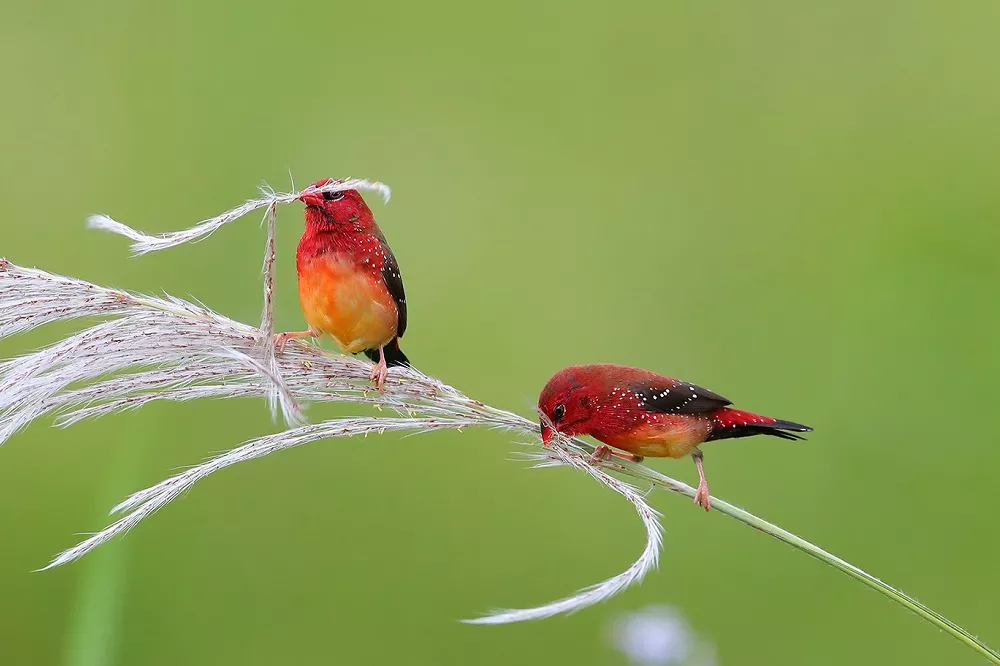
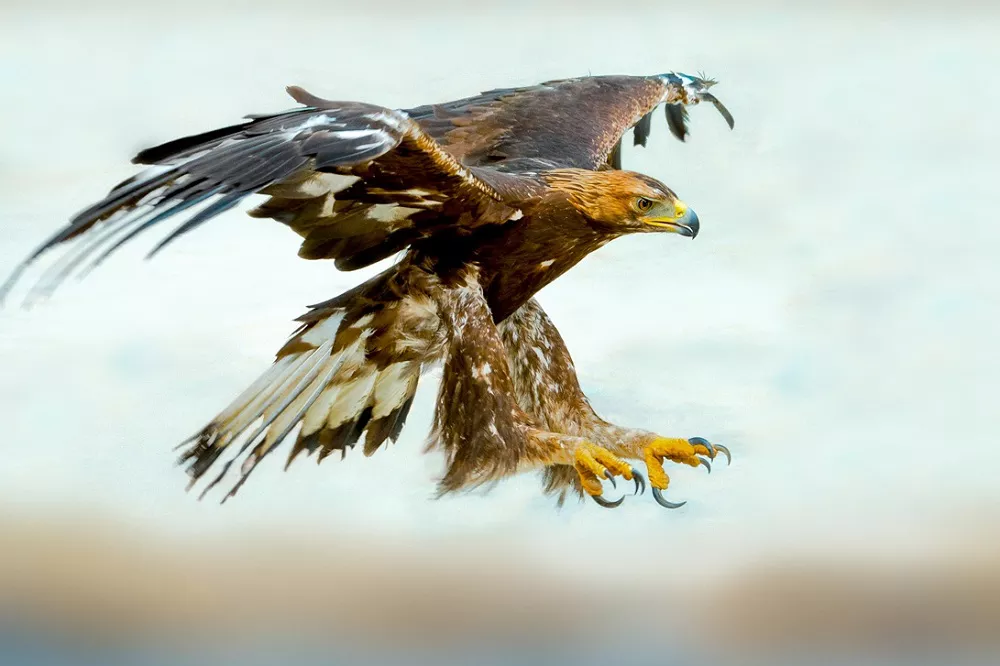
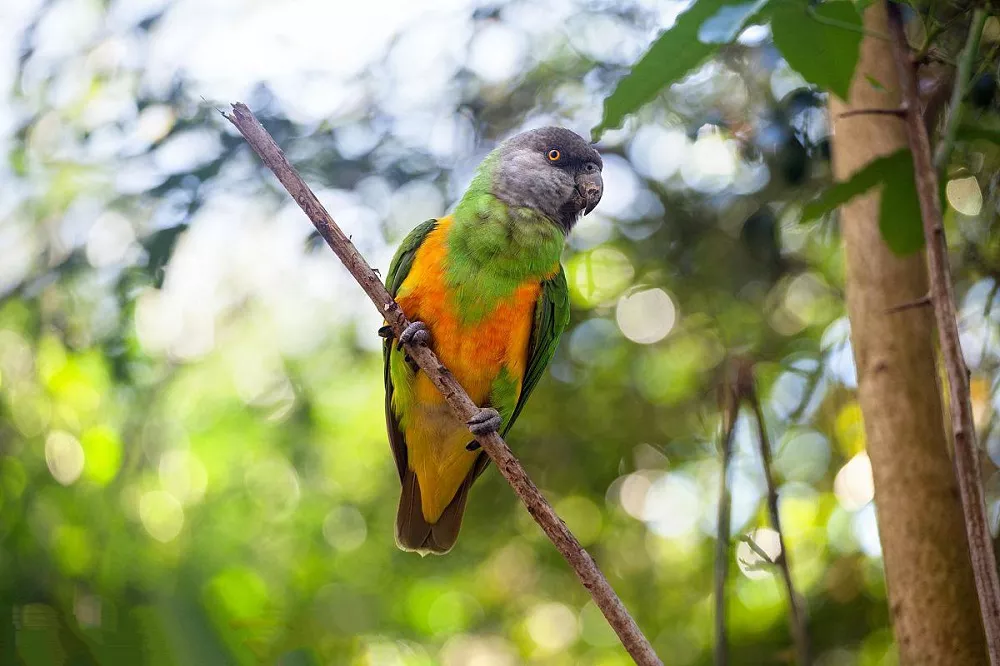
 Facebook
Facebook  Instagram
Instagram  Youtube
Youtube 